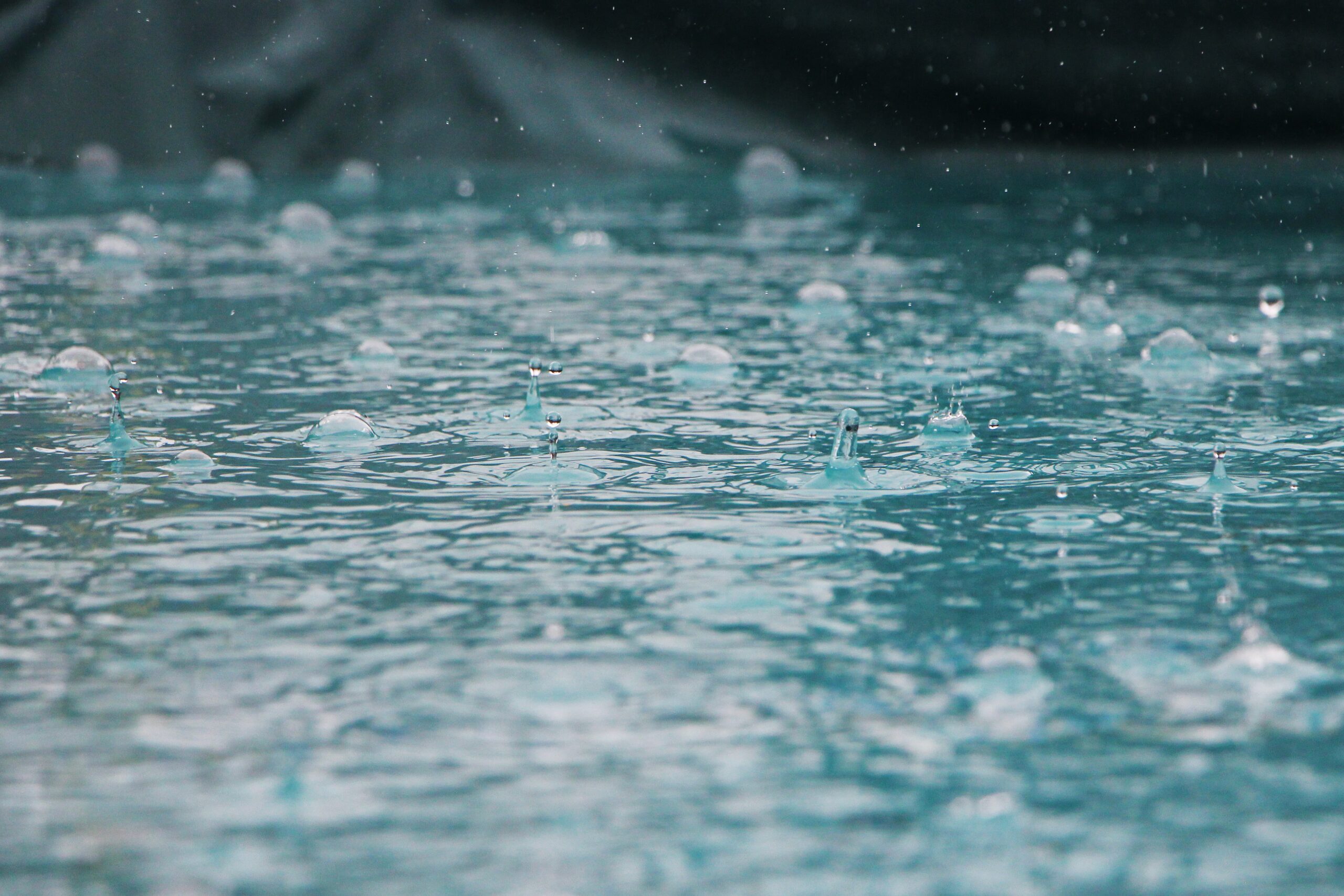How Does Acid Rain Affect The Environment???
Are you curious about the effects of acid rain on our environment? Acid rain is a devastating phenomenon caused by air pollution that can cause significant damage to our ecosystem. From harming plants and animals, contaminating water sources, and even corroding buildings and infrastructure, its impact has far-reaching consequences.
In this blog post, we’ll explore how acid rain affects the environment in detail so you can gain a better understanding of this critical issue facing our planet today. So buckle up and get ready for an informative ride!
Acid Rain Effects on the Ecosystem
When acid rain falls on an ecosystem, it can have a range of effects. The most direct and well-understood effect is the damage to plants. Acid rain can make it harder for plants to take up nutrients from the soil, and it can damage the leaves, making it harder for the plant to produce food. This also increases the amount of aluminum that is in the soil, which can be toxic to plants.
Acid rain can also affect animals that live in the affected ecosystem. When acid rain falls on an area, it can change the pH of rivers and streams. This can make it harder for fish and other aquatic animals to breathe, and it can also kill them. Acid rain can also make it harder for trees and other plants to grow, which means there could be less food for animals that eat them.
In addition to its direct effects on plants and animals, acid rain can also affect people. When acid rain falls on buildings or cars, it can cause them to corrode or break down over time. This can also contaminate drinking water supplies, making them unsafe for people to drink.
Acid Rain Effects on Fish
Acid rain can have devastating effects on fish populations. The most obvious effect is the direct harm to fish from the acid itself. Acid rain can also indirectly harm fish by causing the water to become more acidic, which can make it harder for fish to breathe and digest their food. Additionally, acid rain can cause algae blooms, which can deplete the oxygen in the water and make it difficult for fish to survive.
Effects of Acid Rain on Plants
Acid rain can have many different effects on plants. The most common effect is the leaching of nutrients from the leaves. This can lead to a loss of chlorophyll, which is necessary for photosynthesis. Acid rain can also cause the death of plants by burning their leaves or by causing the release of toxins that are harmful to them. In some cases, acid rain can even change the color of plants.
Acid Rain Effects on Humans and Animals
Acid rain is a type of rainfall that has been made acidic by pollutants in the atmosphere. This can cause a number of problems for humans and animals, including respiratory problems, damage to infrastructure, and even death.
Acid rain can cause respiratory problems in both humans and animals. The acids in the rain can irritate the lungs and make it difficult to breathe. In extreme cases, acid rain can even cause death.
Acid rain can also damage infrastructure. The acids in the rain can eat away at buildings and other structures, causing them to weaken and eventually collapse. This can be especially dangerous for bridges and other critical infrastructure.
Finally, acid rain can kill plants and animals. The acids in the rain can poison lakes and streams, killing fish and other aquatic life. The acids can also harm trees and other vegetation, making it difficult for them to grow properly.
Effects of Acid Rain on Buildings and Structures
Acid rain is a serious problem that can cause extensive damage to buildings and structures. The acidic water can eat away at building materials, causing them to deteriorate and break down. This can lead to expensive repairs or even the need to replace the affected materials entirely. In addition, acid rain can also cause problems with the paint and other finishes, making them more susceptible to damage from weather and other elements.
Read More: Social Criticism: Types of Social Criticism
How to Control and Minimize Acid Rain Occurrences
Acid rain is a serious problem that can negatively affect the environment in a number of ways. However, there are steps that can be taken to control and minimize its occurrences.
One way to reduce acid rain is by burning cleaner fuels such as natural gas or propane. This will help to reduce the emissions of sulfur dioxide and nitrogen oxides that contribute to acid rain formation. Another way to control acid rain is through the use of scrubbers on smokestacks. Scrubbers remove these harmful emissions before they are released into the atmosphere.
Acid rain can also be minimized by planting trees and vegetation. This helps to absorb some of the harmful emissions before they reach the upper atmosphere where they can contribute to acid rain formation. In addition, promoting sustainable forestry practices can help to reduce the impact of acid rain on the environment.

How Does Acid Rain Affect The Environment
Key Takeaway
Acid rain is a type of pollution that can have harmful effects on the environment. Acid rain is caused when pollutants from power plants and factories mix with the moisture in the atmosphere and fall to the ground as rain or snow. This pollution can damage trees, fish, wildlife, and even buildings.
While acid rain can be a problem for the environment, there are ways to reduce its impact. For example, power plants can install scrubbers on their smokestacks to remove some of the pollutants before they enter the atmosphere. And people can help by reducing their own pollution, such as by driving less or using less electricity.
Final Notes
Acid rain can have a range of different effects on the environment, depending on the severity of the acidity and the amount of exposure. In general, however, acid rain can cause damage to plants, trees, and soil; it can also contaminate water sources and promote the release of harmful pollutants into the air.
Acid rain is most often caused by emissions of sulfur dioxide and nitrogen oxides from power plants and factories. These emissions react with water vapor in the atmosphere to form sulfuric acid and nitric acid. The acids then fall to the ground in precipitation (rain, snow, or sleet), where they can cause damage to ecosystems.
In forests, acid rain can kill trees and other plants. The acidic water leaches nutrients from the soil, making it difficult for plants to grow. Acid rain can also damage buildings and monuments made of stone or metal. The acids in acid rain react with these materials to form new compounds that are weaker than the original material. Over time, this process can cause extensive damage to these structures.
Water sources such as lakes and streams are also affected by acid rain. The acids can dissolve metals from rocks and soil, which are then carried into waterways. This can lead to the contamination of drinking water supplies and make waters unsafe for swimming or fishing. Additionally, acid-sensitive aquatic creatures such as fish may be killed when exposed to excessively acidic waters.
Finally, air quality is also adversely affected by acid rain.

